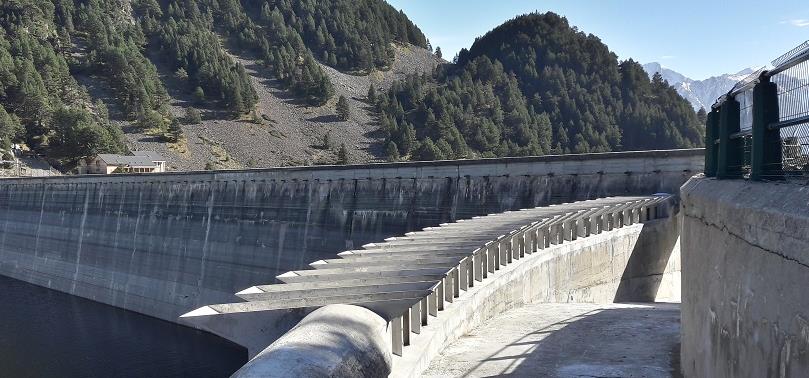Location
Atlanta, GA
Presentation Type
Presentation
Start Date
10-7-2025 3:35 PM
Description
Piano-key weirs (PKWs) are widely recognized for their efficiency in enhancing spillway discharge capacity while maintaining a compact footprint. This study focuses on a parametric and sensitivity analysis of PKW discharge performance, exploring the influence of key design parameters on hydraulic behavior. By integrating experimental data with advanced computational fluid dynamics (CFD) modeling using the open-source code_saturne software, we aim to refine predictive capabilities and establish guidelines for effective PKW design. The analysis emphasizes understanding the interplay between PKW geometry and flow characteristics. The analysis considers a range of geometrical configurations, including variations in key width ratios, and inlet-to-outlet dimensions, to quantify their impact on discharge efficiency. Results of the parametric study offer insights into hydraulic optimal design strategies for maximizing performance under various hydraulic conditions. The outcomes of the study aim to support the development of design guidelines that improve both functionality and sustainability in spillway applications.
Included in
Sensitivity Analysis of Piano-Key Weirs Design: Optimizing Discharge Performance Through CFD Modeling and Empirical Insights
Atlanta, GA
Piano-key weirs (PKWs) are widely recognized for their efficiency in enhancing spillway discharge capacity while maintaining a compact footprint. This study focuses on a parametric and sensitivity analysis of PKW discharge performance, exploring the influence of key design parameters on hydraulic behavior. By integrating experimental data with advanced computational fluid dynamics (CFD) modeling using the open-source code_saturne software, we aim to refine predictive capabilities and establish guidelines for effective PKW design. The analysis emphasizes understanding the interplay between PKW geometry and flow characteristics. The analysis considers a range of geometrical configurations, including variations in key width ratios, and inlet-to-outlet dimensions, to quantify their impact on discharge efficiency. Results of the parametric study offer insights into hydraulic optimal design strategies for maximizing performance under various hydraulic conditions. The outcomes of the study aim to support the development of design guidelines that improve both functionality and sustainability in spillway applications.


